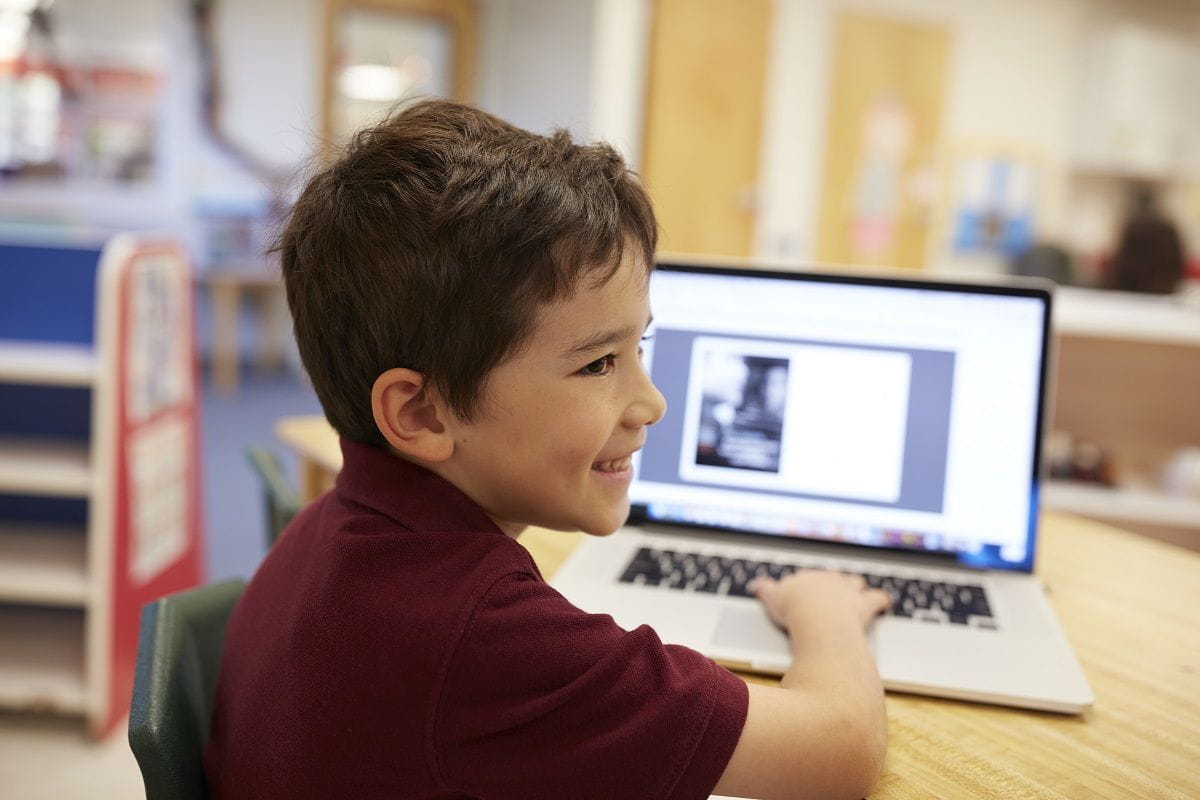It's Play Time! 8 Toy Guidelines to Keep Your Tots Safe

Nothing is quite as delightful as seeing a child's eyes light up when she get just what she wants. Gleeful grins aside, we also want the toys we give our young children to be safe.
On that front, there is good news. Due to more stringent federally mandated toy safety standards, toys sold now in the United States are far safer than those sold even 10 years ago. “Today every toy designed or intended for children under age 12 and sold in the United States must undergo third-party testing for things like durability, small-parts hazards, and to ensure that things like lead and phthalates aren’t present,” says Troy Hall, a 10-year veteran of KinderCare’s Health and Safety Team. But that doesn’t mean the toys are always used in the correct way. “Unfortunately,” Hall adds, “toy-related injuries remain a big problem.”
Hall isn’t trying to be a bummer—rather, it’s simply a matter of stats. According to a recent study, choking is a leading cause of death for children…and, along with food and coins, toys accounted for the majority of those incidents. (Read more about toy safety at KinderCare Learning Centers here.)
To help you shop smart this winter, here are eight toy-buying (and playing) tips to help you give your favorite little people the gift of a fun-filled and safe holiday:
1. Yes, Recycling Is Good—but Be Very Wary of Used Toys
Owing to the Consumer Product Safety Improvement Act of 2008, all new toys sold in the United States should be free from harmful levels of lead and other toxic substances, including many phthalates. That’s not necessarily the case with older toys you might find at thrift stores and garage sales, or on websites like eBay. Plus, toys can wear out from use over time, which means that classic Chewbacca action figure is a lot more likely to lose its head, creating a choking hazard.
2. Be Mindful when Shopping Online
With the vast majority of toy retailers now selling online, watchdog groups have noted that the consumer safety and product information available at your purchase is limited—and sometimes inconsistent with manufacturers’ information. “When the toy arrives, read the labels, take it out of the package, and make sure the toy is free of small parts before giving it to young children,” recommends Hall.
3. Avoid Realistic-Looking Toy Guns, Swords, High-Powered Slingshots, and Other Weapon-Like Items
In addition to promoting violence, these toys, often made from hard plastic, are likely to be used in a combative ways, which can result in eye, hand, and other injuries.
4. Heed the Choking-Hazard Label
These choking-hazard labels, and others like them, are federally mandated by the Child Safety Protection Act. When you see it, believe it. It means that a toy contains potentially dangerous small parts, be it an object (like a marble) or a piece that could potentially break off.
5. Have Young Children at Home? Buy a Small-Object Choking Tester
Just drop an object into the tube and you’ll know in an instant if it’s a choking hazard for a child under 3. They make great stocking stuffers for new parents!
6. Consider the Ages of All the Children in the Home
Gifts that are appropriate for a kindergartner may be problematic for her younger sibling. Either hold off on those gifts or talk with your older child about choking hazards and safety rules for toys with small parts—help her understand that toys that contain little pieces should be played with away from children under 3, and be put away securely after every use.
7. Read and Heed Any Warning Labels
Warnings like “WARNING: Do not aim at eyes or face” or “CAUTION: Do not use on stairs, hills, and inclines” aren’t meant as casual suggestions. We recommend the following logic: If playing with a toy in certain way renders it dangerous, don’t buy it.
8. For Babies, Avoid Toys Designed to Be Strung Across or Alongside Cribs or Playpens
These items can present a strangulation hazard.
Toy Safety at KinderCare Learning Centers
It takes a lot for a toy to earn a spot in a KinderCare classroom. All of our toys meet federal safety standards and are tested by independent third parties, but we also go one step further: When considering a new toy for our centers, our risk management team reviews and visually inspects the item before we make it available to centers and children. We also maintain a database of toys purchased by each center. That information is critical: Should a toy ever be recalled, for example, we can act quickly to remove the items and ensure our children’s safety. “When it comes to toys, safety comes first for us,” notes Troy Hall of our Health and Safety team.
-->



